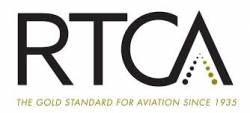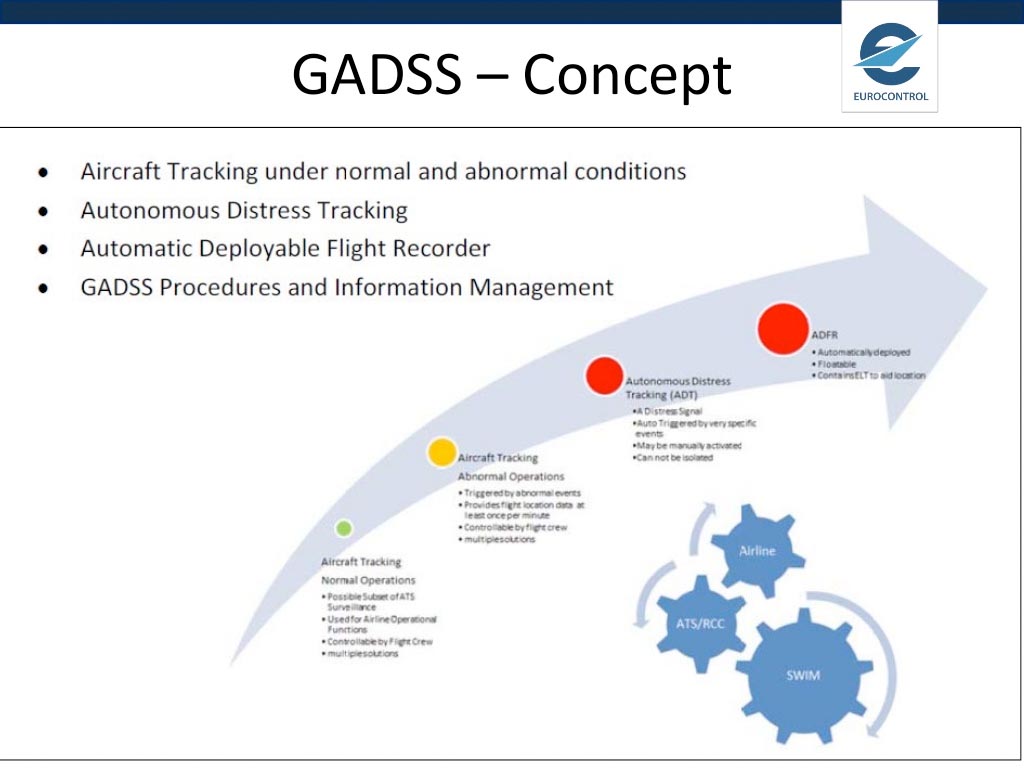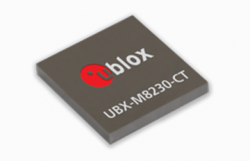
In an unprecedented move, the United Nations’ aviation organization will sponsor an industry showcase next spring at which manufacturers can demonstrate their wares to nations looking to upgrade their systems.
In an unprecedented move, the United Nations’ aviation organization will sponsor an industry showcase next spring at which manufacturers can demonstrate their wares to nations looking to upgrade their systems.
“I want to give you the platform and the brand of ICAO to come and do a global demonstration — a joint global demonstration. Sell your products on a value-added basis,” said Nancy Graham, the director of Air Navigation Bureau (ANB) for the International Civil Aviation Organization (ICAO). She spoke at the RTCA 2014 Annual Symposium in Washington earlier this month.
Graham hopes the Block Upgrade Demonstration Showcase and Symposium (BUDSS), which will be held May 19–21, 2015, at ICAO headquarters in Montreal, Canada, will help nations choose those systems that meet the standards that ICAO’s panels of volunteer members have adopted to enable the world’s aviation systems will work together seamlessly.
“It’s a pretty big world out there,” said Nicolas Hinchliffe, of ICAO’s Air Traffic Management/ANB, “and it is extremely tough for a certain state to figure out exactly how the technology that they wish to invest in will relate to the rest and whether in the end it will be used and implemented.”
ICAO has been coordinating and regulating international air travel since it was launched as a specialized agency of the United Nations right after World War II. To assist ICAO’s 191 member nations in harmonizing their avionics capabilities, automation technologies and air traffic control systems the bureau helped devise the Global Air Navigation Plan (GANP).
The GANP sets priorities for the adoption of advances and describes aviation system block upgrades (ASBUs) to guide members in meeting plan goals. Performance-based navigation (PBN) is one of several priorities in the plan, which aims to help countries improve their airport operations and optimize capacity while moving toward interoperable systems, more efficient flight paths and greater flexibility in flights.
A block describes the technologies that ICAO believes will be available to help implement the plan within a certain timeframe and the improvements nations can expect when they adopt those technologies. Block 0, for example, describes what is available now while Block 1 describes what is expected to be available in 2018 with Blocks 2 are 3 timed for 2023 and 2028, respectively.
“The series of block upgrades determine, area by area, a calendar for implementation,” said Hinchliffe. “We have taken into account and analyzed the needs for aviation for the coming years — all the R&D programs that were ongoing — and ICAO has established a calendar with timelines.”
The objective is to streamline research and development, explained Hinchliffe, and make sure that whatever technologies countries choose, they will know that they are going to align with those in the rest of the world. “The aim being to avoid having gaps where you have nodes of technology in some place that are not in use any other place in the world.”
The plan goes well beyond the technologies themselves, however, to setting the detailed rules needed to actually put new developments to use when they are ready.
The purpose of the timeframes in the block upgrades is to make sure that at the point a technology is expected to be ready “the legal requirements and the standards that are needed to support implementation of that technology will be developed and will be available,” said Hinchliffe.
ICAO’s goal is to prevent the development of technology that cannot be used, he added.” We want to be sure that the regulatory process and all the legal texts that govern aviation are in line with technology research and development efforts. We also want to streamline it the other way. We want developers to be aware of the legal requirements that are coming.”
BUDSS will showcase the block technologies, giving countries a feel for how those individual pieces will play with one another and be integrated into a coherent system. The emphasis, Graham told Inside GNSS, will be on systems as opposed to individual components.
Hinchliffe said, however, an approval process does not currently exist for exhibiting at the showcase, although he noted that the main drivers for the technology improvements envisioned for BUDSS are the European SESAR and American NextGen air traffic management programs. Those programs, he said, have development plans that are “pretty much aligned” the ICAO developed program for research and development.
“I think it is really important that the U.S. and Europe, because you do have a manufacturing community, you guys need to demonstrate that this stuff is real; it’s not just shelfware,” Graham told the RTCA attendees. “What I would like for you to be able to show is that this stuff is ready to go, not just stuff, plans.”
“We’ re opening the doors, we’ve never done this before at ICAO,” she told the audience. “It’s really important for the rest of the states that look for the ICAO seal to do this.”





